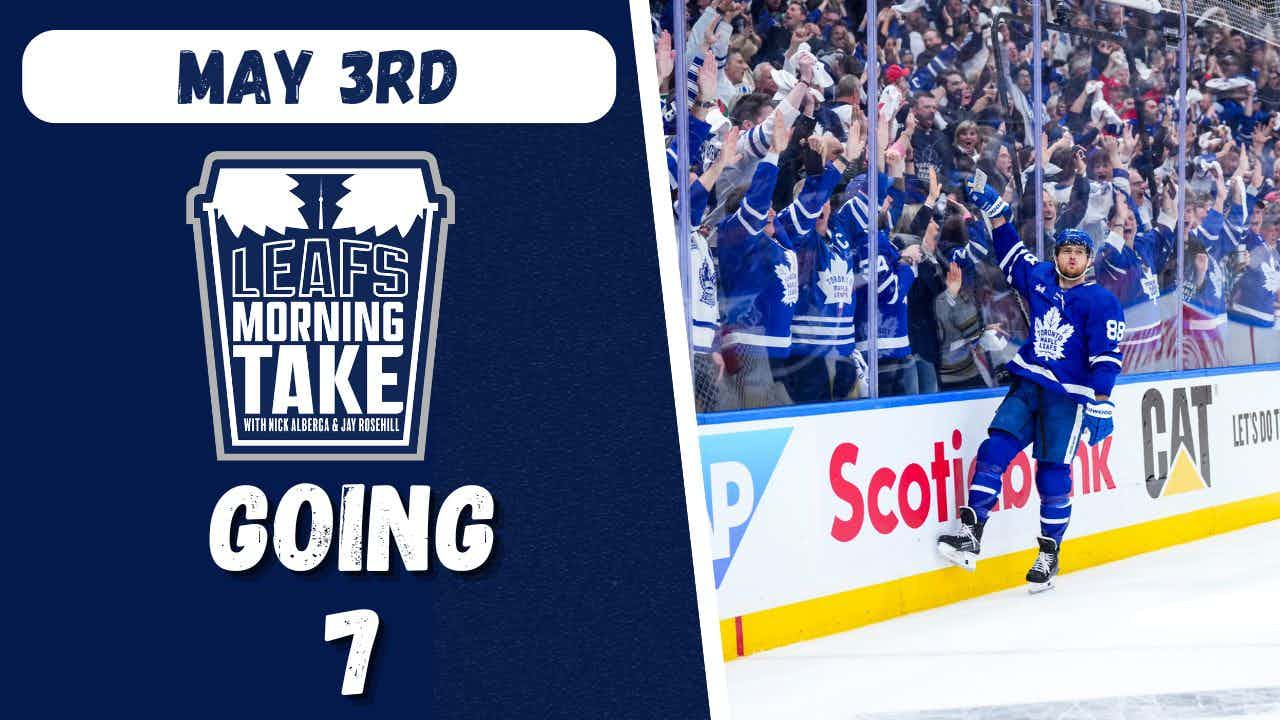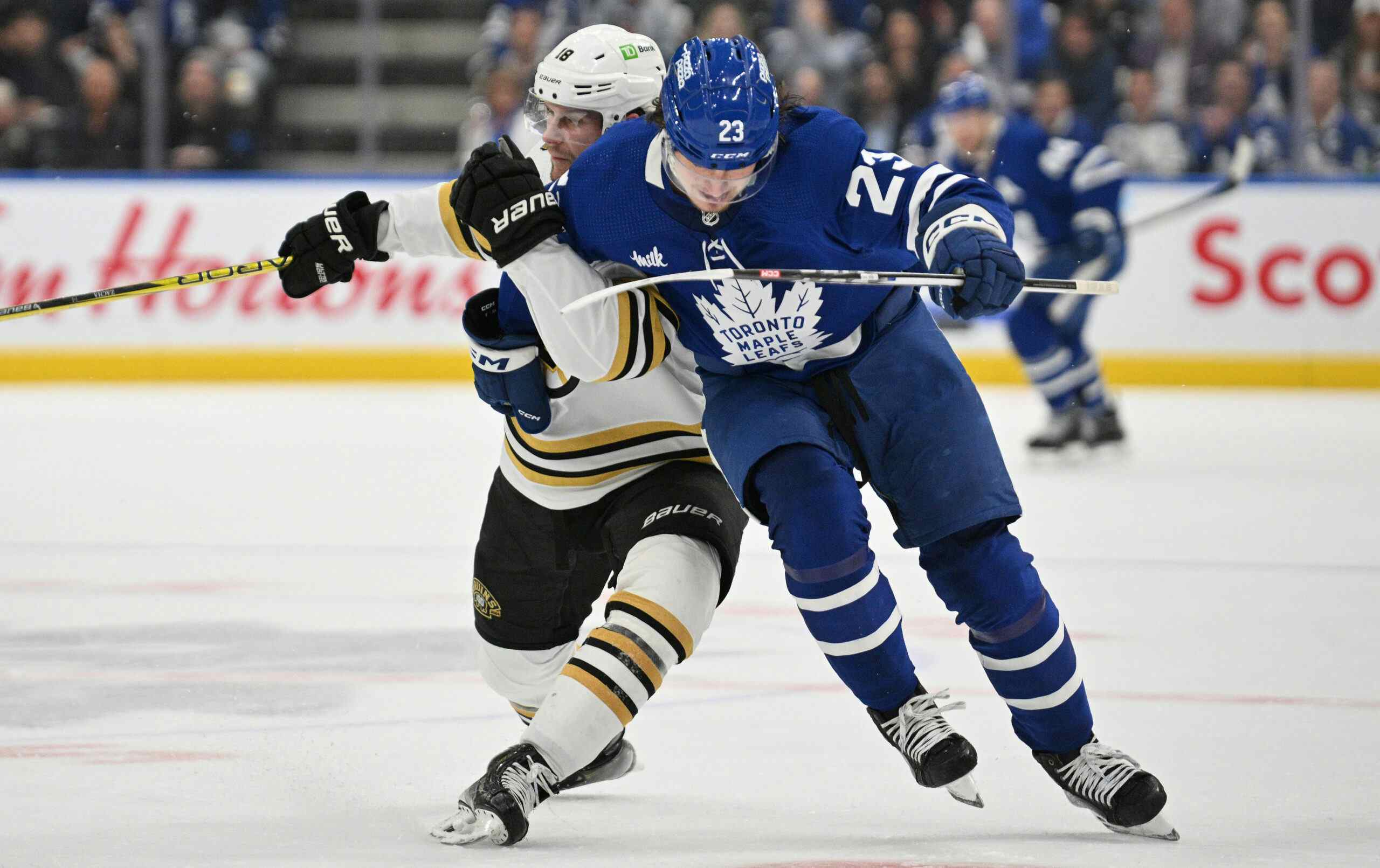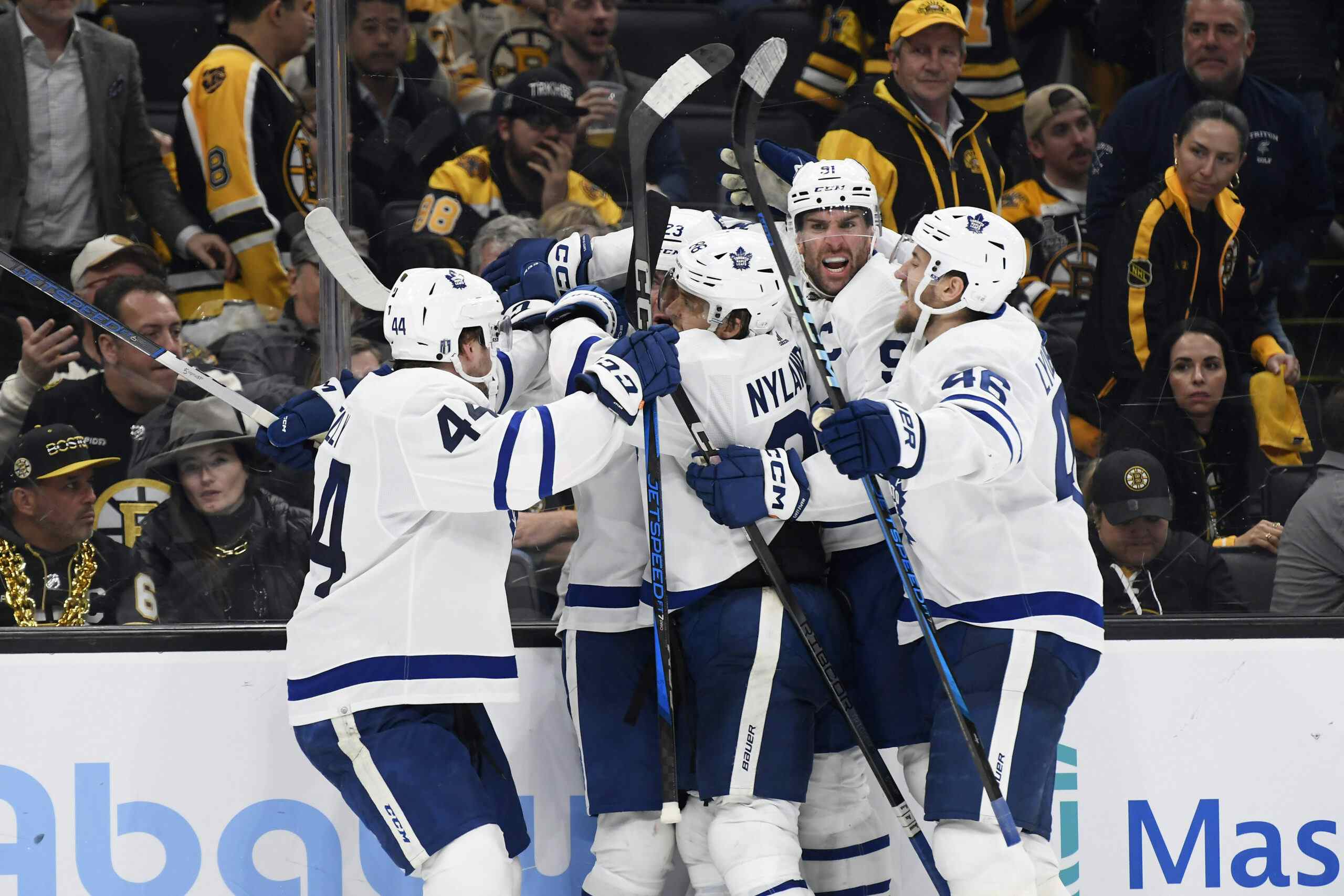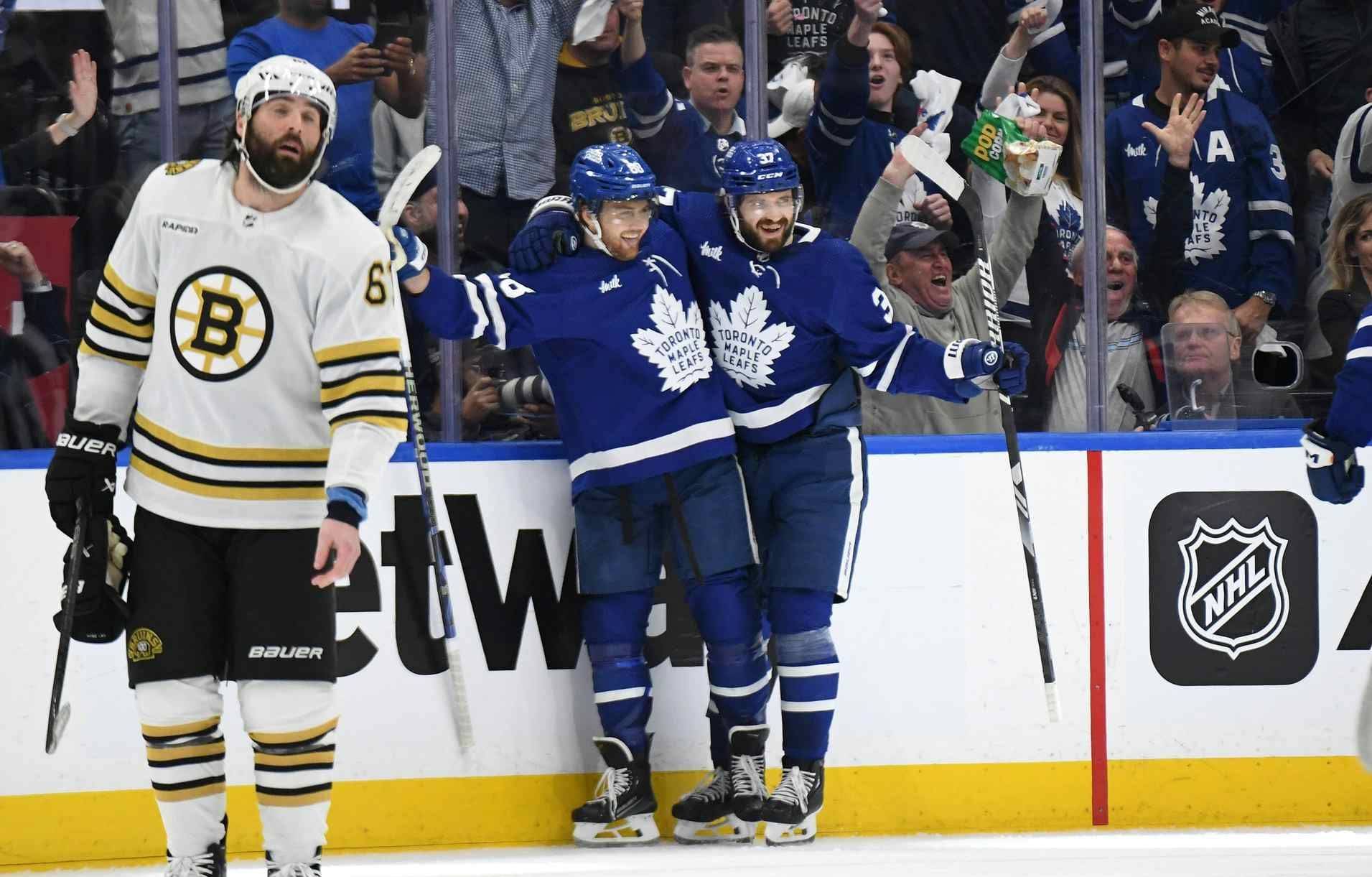The Best Way to Assess Leafs Prospects: Quadrants!

By Ryan Fancey
6 years agoYear after year we tally up and present our Leafs prospect rankings. This is typically in an easy-to-digest list format counting down from 20 to 1, but we know that hockey prospects, at different ages in many different leagues, have to be looked at a few ways – there are levels to this stuff. Because of that, we’ve had those rankings presented with tiered systems, sometimes in the form of a pyramid, in an attempt to help give folks an idea of the gaps in upside from group to group.
But now it’s 2017. Can we do even better than a pyramid?
Introducing the Leafs Prospect Quadrants ©

In the interest of time and keeping this simple, myself and Jon Steitzer worked on placing Leafs prospects from our countdown into categories based on our confidence in their ability to get into 100+ NHL games, and how their upside projects to them becoming a top six forward, top four defenceman, or starting goalie. This was mostly Jon’s idea so I’ll let him explain further:
Now that we’ve identified our top 20 prospects, and Steve Dangle has weighed in with his Prospect Pyramid, I think it’s time that we look at the next iteration of looking at Leafs prospects, by placing them in prospect quadrants.This approach allows us to differentiate from who we see as someone who has the potential to come into the NHL and likely get 100 games (i.e. Justin Holl), someone who has the potential for a high upside (Dmytro Timashov), someone who could be both (Timothy Liljegren) and someone who could be none of those things (I don’t want to single anyone out so we’ll use a hypothetical player named Keaton M.)This lets us see a bit more objectively how the Leafs have been stocking the cupboard. Is it with bottom six types, or are they chasing boom or bust situations. Like all rankings these are still completely subjective, but admit it, you trust them more because it’s on a chart.

As you can see, we were for-the-most-part in consensus on where to slot these players – especially Liljegren. Also, even though we didn’t have Kapanen in our top twenty due to him being ineligible for the Calder, we added him in for this. Again, the idea here is to point out which players are close to being “sure things” or blue chippers, those with a strong chance of making the show but in a limited role, the ones that are long shots but have high upside, and the guys that cap out as depth minor leaguers. Look at the vertical axis as upside or peak talent level and the horizontal axis as the chances a prospect will see 100+ games in the NHL.
To get into a couple examples, we both believe Joseph Woll has major upside, but proceeded with caution because goalies are tough to be bullish about. Someone like Trevor Moore, on the other hand, falls in the low-upside but decent chance of finding an NHL job category. Kapanen and Lilly are solid bets to be true impact players for years.
Like Jon mentioned above, this is still a subjective exercise, but it does give readers (and ourselves) a better rundown of where our thought process is coming from when we go about ranking these players.
Recent articles from Ryan Fancey





